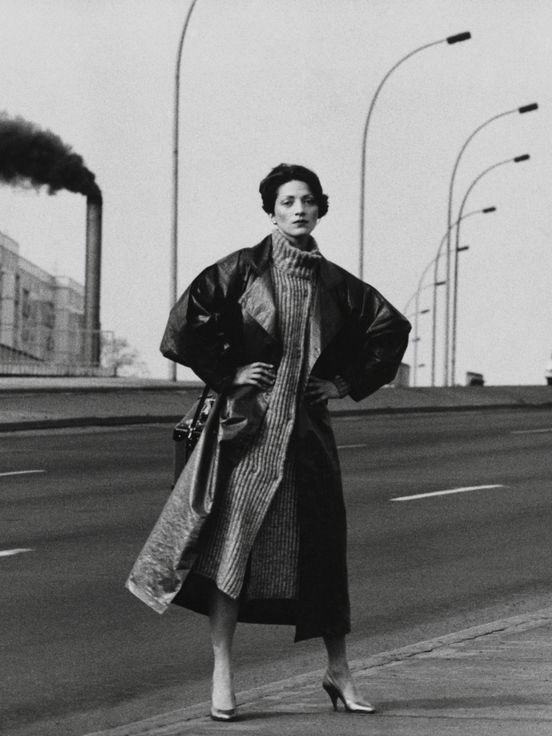As a general practice, Bergemann sought to defend her artistic autonomy and her personal style beyond the visual canon ordained by the Party, although without risking a publication ban. Her work was included in major exhibitions, such as the East German “Porträtfotoschau” (1971, 1981, 1986) and the 9th and 10th Art Exhibitions of the GDR (1982/83, 1987/88). In the 1970s, she published texts and images in the magazine “Fotografie”, an organ of the Central Photography Commission (ZKF). Here, in 1973, she described photography as “an attitude to people and their relationships, to things and their connections, that is perceived and communicated sensually”. Many of her photographs appeared in the more free-thinking periodicals such as “Das Magazin”, “Sonntag” and “Sibylle”.
One influence on Bergemann was French photography with proponents such as Eugène Atget and Édouard Boubat, and she made repeated efforts in the GDR to obtain a visa for France. She recognised her own people-centred ethos in “The Family of Man”, the travelling exhibition (1955, New York and Berlin) curated by Edward Steichen, which was accompanied by a catalogue. This confirmed to her that there was scope within cultural and public policy to establish photography without renouncing a belief in individual authorship.
For her best-known series “The Monument” (1975–1986) she devised unconventional visual strategies of her own. For eleven years, initially motivated by friendship and later commissioned by the East German Ministry of Culture, she visited the sculptor Ludwig Engelhardt (1924–2001) in his studio on Usedom. She witnessed the evolution of his statues for the Marx Engels Forum in Berlin, a process framed by ideology and debate. Ultimately Bergemann selected images that are at once unique and emblematic: fragmented bodies, geometric shapes and versatile materials. After the Berlin Wall came down, the floating figure of Friedrich Engels suspended from a crane was often used by the media to symbolise the end of the GDR.





